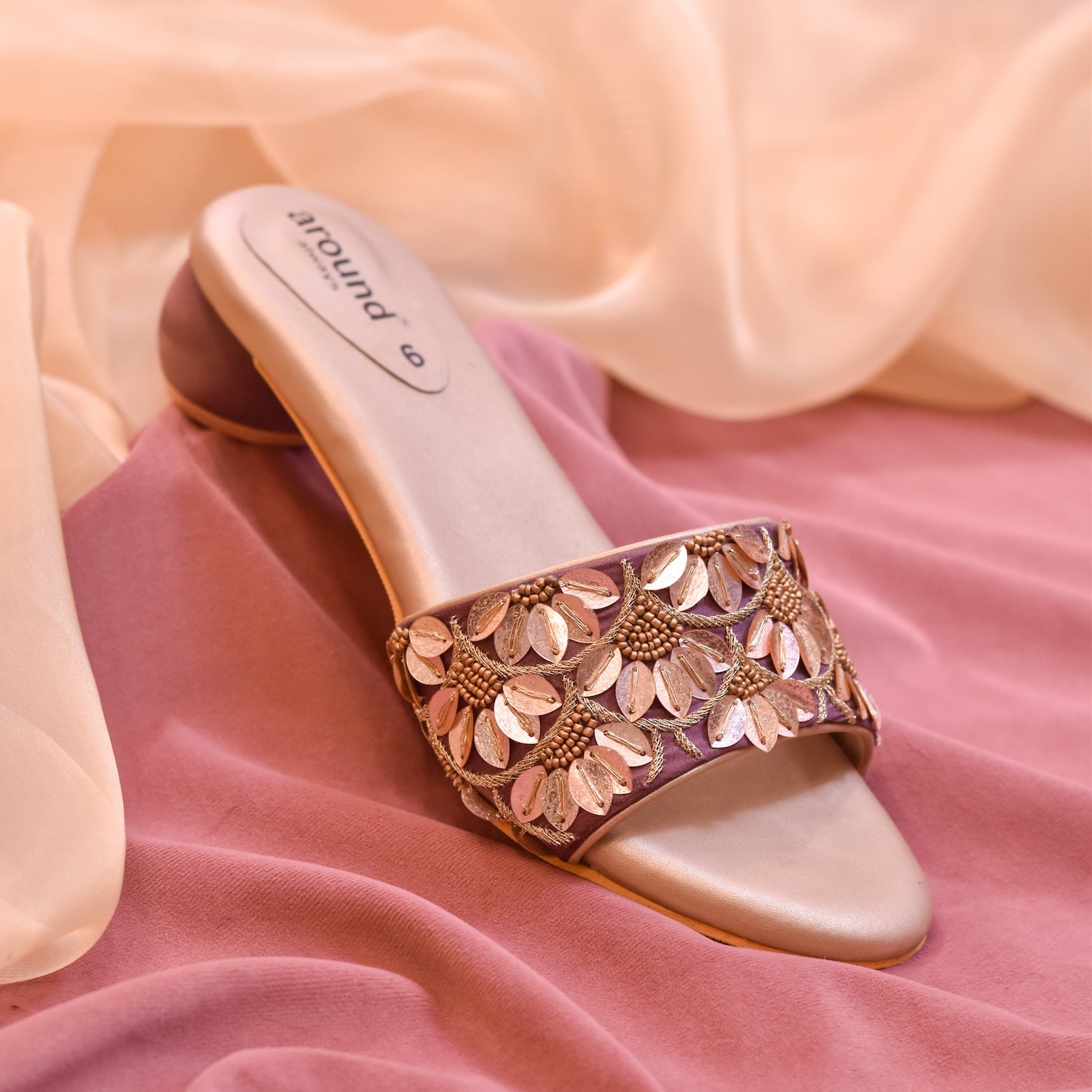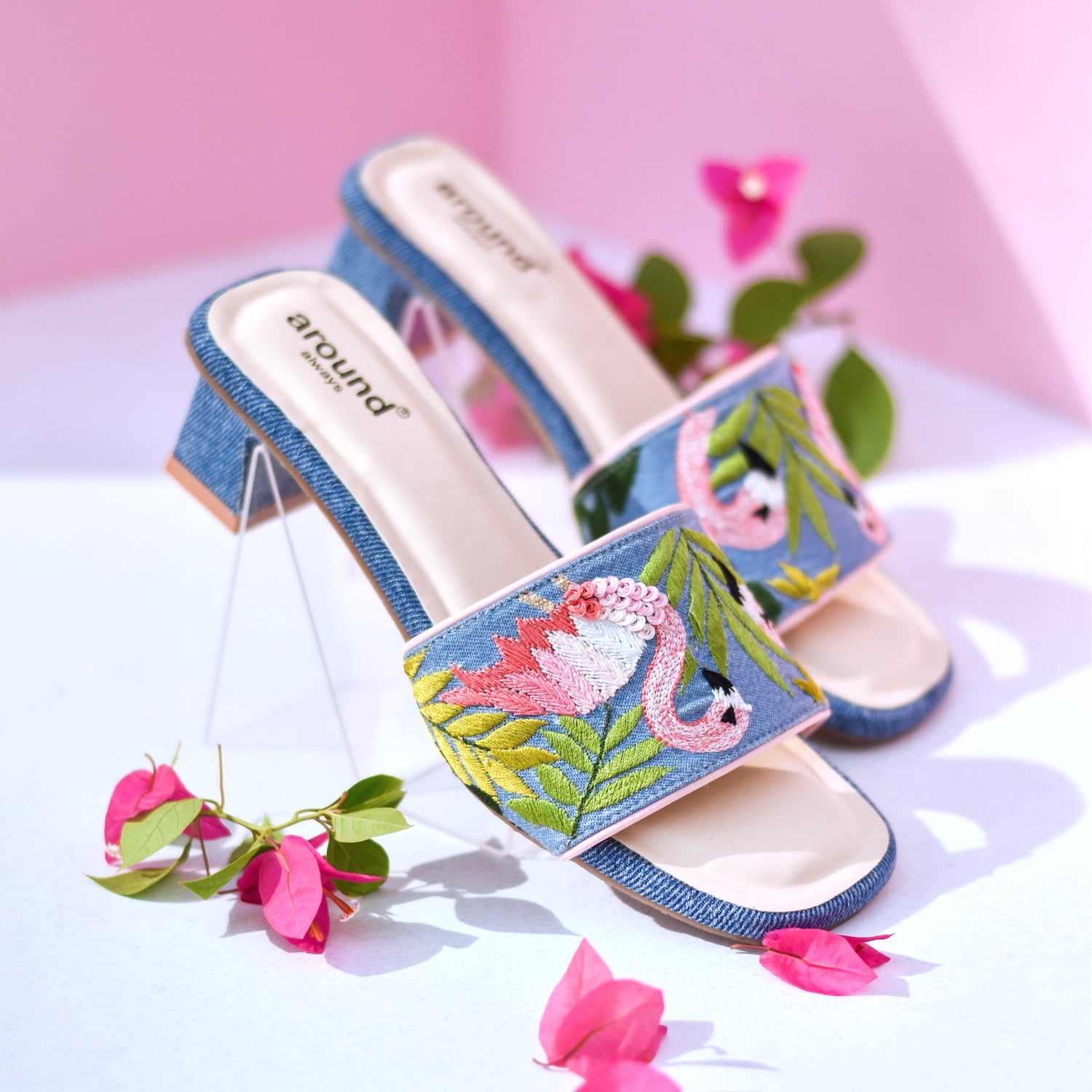Nothing is more lovely or appealing than a bengali traditional saree, no matter how modern or westernized our country grows. Indian attire has long been associated with elegance, modesty, and grace. We have dozens of distinct sarees and even more ways to drape them because to our country’s diverse culture. Durga Puja is associated with the lal par sada sari, which is a prominent attraction of the event and is worn by practically every Bengali woman.
Why Red and White?
The combination of red on white is considered very auspicious by Bengali women. White stands for purity while red symbolizes her fertility. A white or off-white saree with a red border and pallav is often the attire of choice of a married woman for devotional events, religious ceremonies or commemorative functions. These sarees are often accessorized with white bangles made of conch shells (called “shakha”) and red coral bangles (called “pola”), along with red sindoor on the forehead, all symbols of her marital status.
What kind of sarees are these?
Red-n-white sarees are available in all textures and price ranges. The simplest cotton sarees are available for a few hundred rupees while the most gorgeous silks could even cost several thousands. One can choose an appropriate saree based on her budget, taste and the importance of the event where she plans to wear it.
Colours and Patterns:
Tant sarees:
In this combination, the sarees typically have a white or off-white cotton foundation, a red border with gold zari work, an artistic pallav, and little red patterns sprinkled across the entire body.
Jamdani sarees have a sheer white cotton or silk-cotton basis with fine red motifs woven all over the body for a spectacular finish. Traditional themes range from simple polkas to more intricate paisley and floral designs.
Garad and Garad-Korial:
The garad saree has a plain white silk foundation with a large crimson border and a striped pallav. Striped borders and little red motifs woven across the white foundation of the saree are common variations. Garad-korial sarees are more ornate, with intricate designs woven into the body and pallav in red or gold. Garad sarees are made of exceedingly fine silk with a papery feel.
Tussar:
Tussar silk sarees have a golden gloss and a beige or off-white foundation. The pallav contains beautifully woven red designs, and the borders are crimson or red-gold. Traditional tussar silk sarees include patterns that are very similar to tant sarees.
Muslin sarees are finer and more exotic variations of jamdani sarees. The saree’s white foundation is exceedingly light and sheer, and it’s embellished with fine crimson weavings for a sumptuous look.
Korial-Banarasi:
These are sumptuous silk sarees with a velvety white or off-white foundation with magnificent gold/silver decorations on the red border and pallav, which are typical of Banarasi silks.Baluchari:
Baluchari silk sarees in the red and white combination are very exquisite to drape and behold. The borders and pallav are intricately adorned with red motifs depicting tales from epics and religious texts. The rich white base complements the gorgeous borders and often has delicate red motifs woven across. A touch of gold zari amidst the red weavings can further enhance its grandeur.Red-and-white sarees come in a variety of textures and price points. The most basic cotton sarees cost a few hundred rupees, while the most beautiful silks might cost several thousands. One might select an acceptable saree based on their budget, personal preferences, and the significance of the event for which they intend to wear it.





